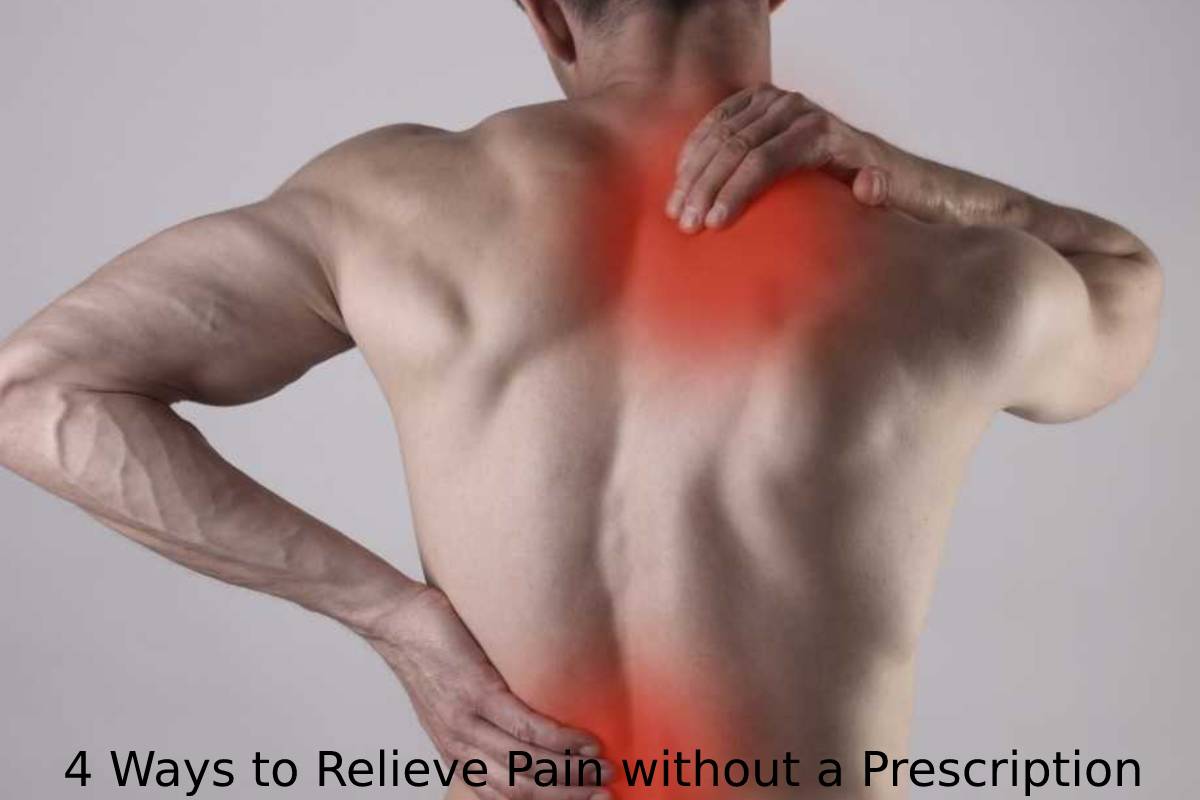relief pain – Everyone experiences genuine torture at better places in their lives, and because of multiple factors. Torture is abnormal at its mildest, and at serious levels, it will in general be lamentable. Right when we feel desolation of any kind, our ordinary response is to search for mitigation torture in some design.
Torture is treated in different ways depending upon what type it and causes it. Sedatives are regularly prescribed to treat serious desolation, as after an essential injury, significant medical procedure, or to regulate ridiculous, continuous torture.
Sedative pain relievers, or opiates, are controlled substances that are only authentic for use when suggested by an approved clinical benefits capable. In spite of the way that narcotics are very convincing for treating serious torture for now, they similarly have high abuse and impulse potential and cause different ominous auxiliary impacts.
While taking arrangement sedatives or opiates, it is fundamental to pay special attention to signs of opiate obsession. These integrate drug searching for approaches to acting like taking more than the supported piece and trying to reorder a medication too soon.
For individuals who like to avoid cure pain killers completely, coming up next are four non-arrangement decisions that can moreover be used for convincing assistance with uneasiness without causing the bet of ending up being artificially dependent.
Table of Contents
1. OTC Analgesics
Over-the-counter (OTC) analgesics or pain relievers integrate NSAIDs (nonsteroidal moderating drugs) and acetaminophen (acknowledged by the brand name Tylenol). They are extraordinarily feasible for assist with inconvenience and don’t require arrangements. They are moreover non-propensity shaping and acceptable as far as long stretch use.
The following are the most commonly used NSAIDs for pain relief:
- aspirin
- ibuprofen
- ketoprofen
- naproxen sodium
- diflunisal
- tolmetin
- flurbiprofen
The fundamental capability among NSAIDs and acetaminophen is that NSAIDs decline aggravation, including bothering and expanding. Acetaminophen can lessen fever and torment a ton of like NSAIDs, yet doesn’t have near calming impacts.
For consistent torment, for example, serious joint torture, fix NSAIDs might be suggested assuming essentially higher assessment should decrease unsettling influence and control torment. A prescriber will by and large urge what assessment and how broad to take it, and what different answers for stay away from to forestall compromising medication exchanges and incidental effects..
2. Topical Pain Relief
Despite oral prescriptions, non-arrangement powerful pain relievers can find true success for lessening disturbance and joint, muscle, or nerve torture. Torment easing (torture lightening) creams, gels, rubs, sprinkles, and fixes are applied topically to areas of restricted torture, where trimmings get consumed through the skin.
The most common ingredients used for topical pain relief include:
- Capsaicin
- Camphor
- Menthol
- Lidocaine
- salicylates
Common choices, for example, pot and CBD oil have become persistently eminent in reasonable anguish mitigating things, as these are comparatively known to have directing and torment working with properties.
3. Acupuncture
Needle treatment is an old Chinese technique for overseeing treating unsettling influence and devastation, and what has changed into a best in class standard decision as opposed to utilizing medications of any sort, fix or over-the-counter.
Help with anxiety through needle treatment incorporates the development of minute needles to redirect inside energy from the wellspring of the aggravation. This additionally vitalizes the cerebrum to make express designed compounds, unequivocally serotonin and endorphins, which influence how the psyche answers torment sensations.
Acupuncture is often used to treat the following:
- headaches
- migraines
- fibromyalgia
- nerve pain
- osteoarthritis
- menstrual cramps and pain
- lower back pain
- neck pain
- labor pain
- dental pain
4. Physical Therapy
The Activity based recovery is one of the most emphatically recommended irritation medications as a safer choice as opposed to cure pain killers like opiates, including by the CDC.
Dynamic recovery is seen as more effective and sensible for long stretch torture the leaders. While similarly decreasing the risks of narcotic dependence and clinical benefits costs.
One of the most amazing benefits of non-meddlesome treatment got together with various choices as opposed to arrangement pain relievers is the informational part. It offers people the potential gain of learning about the wellspring of their exacerbation and understanding how to direct it independently without being dependent upon drug and various medications.
Also Read : https://www.thepinkcharm.com/discover-the-white-heart-meaning-in-emojis-today/

